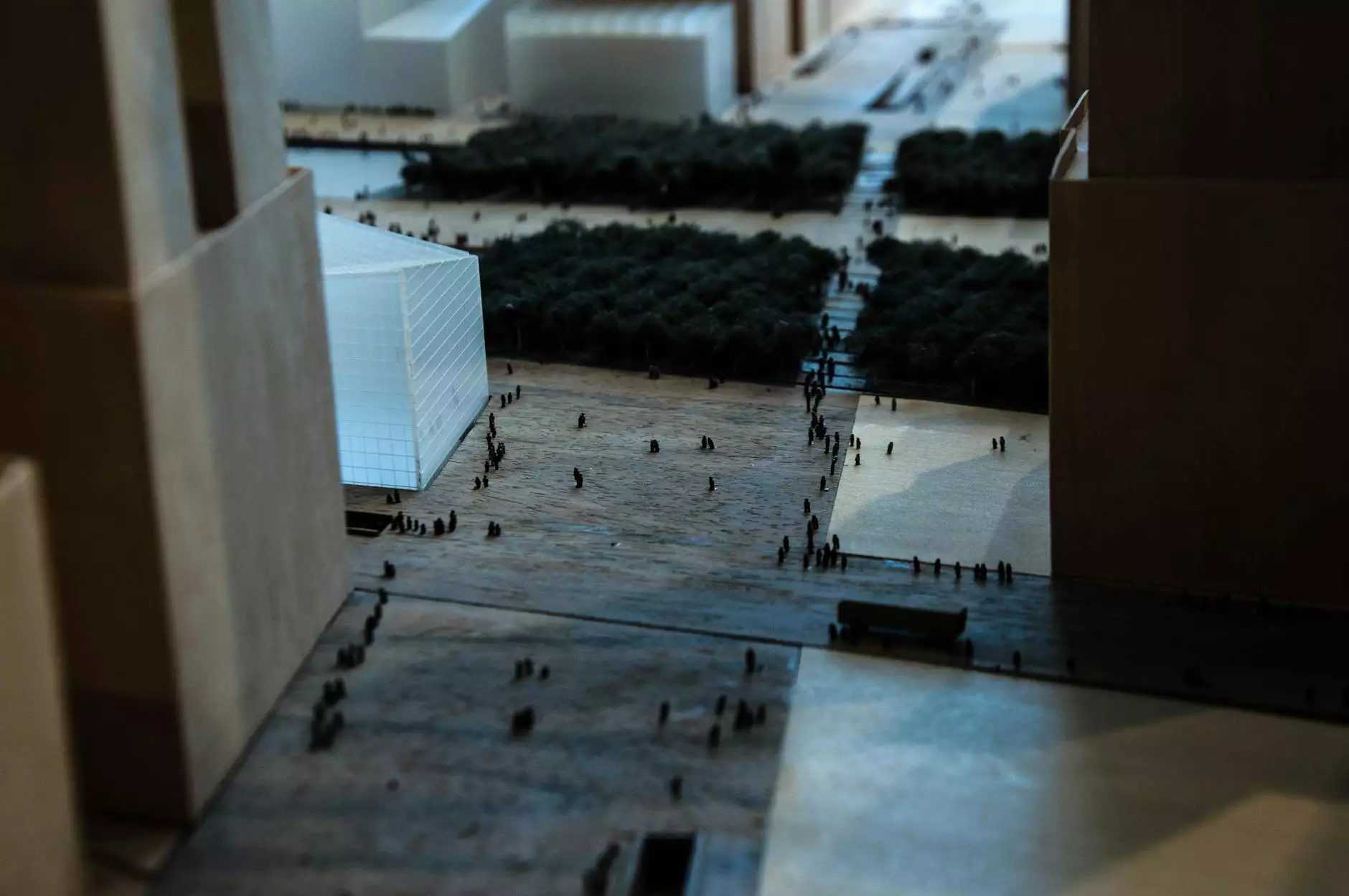The Illuminating World of Lighting Art

Lighting art stands at the confluence of technology and creativity, breathing life into spaces through innovative designs and breathtaking installations. Artists like Grimanesa Amorós have mastered the art of using light as a medium to express emotions, tell stories, and transform environments. This article delves deep into the various facets of lighting art, examining its significance, techniques, and the profound effect it has on both art and commerce.
What is Lighting Art?
At its core, lighting art can be defined as the use of light to create artistic expressions and installations. It transcends traditional concepts of art by incorporating elements of design, color, and interaction. This art form can be seen in various contexts, from gallery exhibitions to public installations, enriching the viewer's experience.
Historical Context of Lighting Art
After evolving over centuries, lighting art became prominent in the late 20th century with the advent of modern technology, which provided artists with the tools to manipulate light in unprecedented ways. The integration of various mediums such as LEDs, neon lights, and projectors has allowed creators to develop immersive experiences that were previously unimaginable.
The Evolution of Techniques
From classic chandeliers to contemporary installations, the techniques employed in lighting art have evolved remarkably. Notable developments include:
- Neon Installation: A technique that emphasizes bold colors and shapes, often used in commercial and social contexts.
- LED Technologies: The use of LEDs allows for versatility in colors and shapes, making it the material of choice for modern artists.
- Interactive Light Art: Engaging the audience through responsive installations that change based on movement or input.
The Elements of Lighting Art
Understanding the elements of lighting art is essential for both artists and enthusiasts. Here are the primary components that define this form of artistry:
1. Color
Color plays a pivotal role in the perception of light. Various color temperatures can evoke different emotions and set distinct moods, ranging from warm, inviting tones to cool, calming shades. Artists utilize color theory creatively to stimulate responses from their audience.
2. Form
The physical structure of the installation influences how light interacts with surroundings. Artists consider the form’s geometry, size, and scale to harness light effectively, directing it in ways that enhance visual appeal.
3. Space
The space in which lighting art is installed significantly impacts its effectiveness. Whether indoors in an art gallery or outdoors in a public square, the ambient environment contributes to the overall effect and viewer experience.
4. Movement
Dynamic elements can shift perceptions of lighting art. Moving light sources or kinetic installations elevate the viewer’s interaction, creating a sense of wonder and engagement.
The Impact of Lighting Art in Contemporary Spaces
In urban environments and private spaces alike, lighting art influences not just aesthetics but also functionality and atmosphere. Here’s how:
In Urban Design
Cities worldwide are embracing lighting art to enhance public spaces. Iconic installations serve as landmarks, drawing visitors and enhancing local culture. Successful examples include:
- The Shard in London: Its strategic lighting design makes it a visual beacon at night.
- Vivid Sydney: An annual festival displaying spectacular light installations across the harbor signifies the integration of art in public life.
In Commercial Spaces
Retail and hospitality industries are leveraging lighting art to shape customer experiences. Thoughtfully designed lighting can:
- Create an inviting atmosphere that encourages exploration.
- Highlight products and create focal points.
- Influence customer behavior by enhancing the mood.
Notable Lighting Art Installations
Throughout the globe, several installations have become benchmarks in the realm of lighting art. These works demonstrate the myriad possibilities of light as an artistic medium:
1. "The Obliteration Room" by Yayoi Kusama
An engaging installation where guests add colorful dot stickers, transforming a stark white space into a vibrant explosion of color through light interactions.
2. "Light Sculpture" by Grimanesa Amorós
Grimanesa combines nature and technology, using illuminated elements to create pieces that resonate with themes of femininity and identity, showcasing the emotional power of lighting art.
How to Incorporate Lighting Art in Your Space
If you're interested in bringing lighting art into your home or workspace, consider the following steps:
1. Define Your Purpose
What atmosphere do you wish to cultivate? A cozy, intimate setting may require warm tones, while a modern office might benefit from a more vibrant palette.
2. Choose the Right Artist
Working with a skilled lighting artist like Grimanesa Amorós will ensure a professional touch. Review their portfolio to understand their style and vision.
3. Plan the Layout
Effective lighting art requires thoughtful placement. Consider how light will spill into the space and how viewers will interact with it.
4. Consider Maintenance
Ensure that your installation is not only beautiful but also practical. Choose technologies that are easy to maintain and durable for long-term use.
The Future of Lighting Art
As technology continues to advance, the future of lighting art holds exciting possibilities. Innovations like smart lighting and augmented reality have the potential to revolutionize how we experience art. Artists are likely to push boundaries further, exploring sustainable materials and interactive experiences that engage viewers in unprecedented ways.
Conclusion: Embracing the Beauty of Lighting Art
In conclusion, lighting art transcends mere decoration; it is a powerful medium that shapes our perception of reality. Whether in public spaces or personal interiors, the impact of light can evoke emotions and transform experiences. Embracing lighting art opens doors to a more vibrant, expressive world, promising a future where light continues to illuminate our lives in innovative and inspiring ways.
Explore More at Grimanesa Amorós
Visit Grimanesa Amorós to discover more about the captivating projects and concepts that redefine the possibilities of lighting art.









